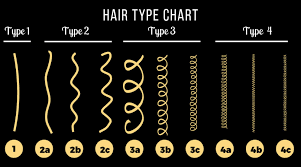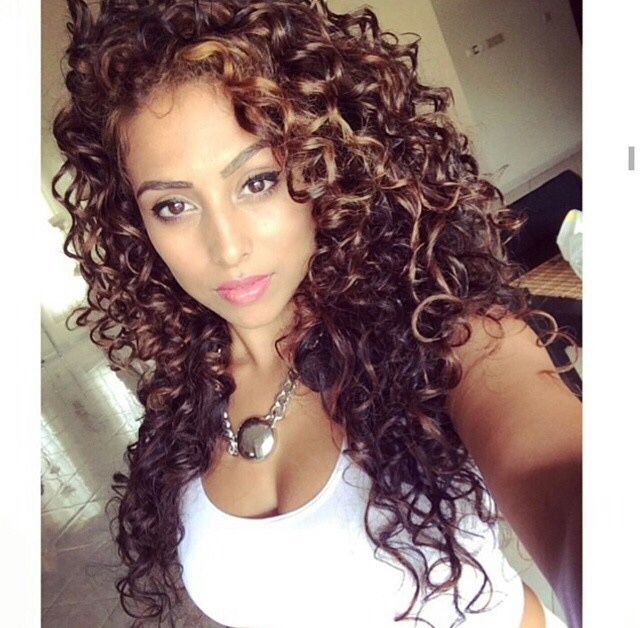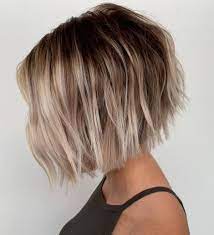
To achieve healthy hair, you should first identify its type. By doing so, you’ll be able to select products explicitly tailored to the needs of your strands. Whether your locks are straight, wavy, curly, or kinky, knowing their type can unlock the secrets to their health. Let’s break down how to do just that!
Density
hair density refers to how many individual strands are within an inch of the scalp and can significantly impact your hair type. You can measure it yourself at home by counting how many individual hair strands fit within a 1-inch square patch on your scalp – but be warned – this method requires patience!
Pull your hair into a ponytail and measure its circumference; anything under 2 inches indicates low hair density, two to three inches is considered medium density, and four or more inches tells high hair density. While no specific density is superior to another, its influence can undoubtedly alter styling decisions and personal preferences.
Diameter
People tend to focus on the formation and texture of their hair, but its diameter should also be considered an integral factor. Diameter refers to an individual strand’s width; fine, medium, and coarse are all diameters.
To test your hair’s diameter, gently rub a single strand between your thumb and index finger. If it can barely be felt, you have fine hair; if it can slightly be deemed, medium; if distinctly felt – coarse. Remember, this method provides the most accurate way to identify hair type – though density might differ significantly depending on individual factors.
Porosity
Hair care guides and experts often overlook hair porosity; however, it should be one of your key considerations when selecting products and identifying your hair type.
To establish your hair porosity, fill a glass or bowl of water and drop one hair strand. If it sinks to the bottom quickly, your porosity is low; if it stays suspended in suspension, then the medium is your level, while rapid absorption indicates higher porosity,, requiring additional products that hydrate to ensure healthy locks.
Oiliness
If you have oily hair, your sebaceous glands produce excess sebum that slowly accumulates on your scalp, making your locks appear oily and flat and necessitating frequent washing sessions.
Sebum production can be caused by overwashing, using the wrong shampoo, environmental factors, or extreme heat and humidity. Toth suggests using lightweight oils with mist applicator nozzles that distribute product more evenly than their dense liquid form counterparts to control oiliness and prevent buildup in your locks.
Elasticity
Your hair elasticity measures how far your strands can stretch before breaking. It is integral to understanding your hair type and maintaining correctly.
To test your hair’s elasticity, dampen a single strand and gently stretch it. If it returns to its original length without breaking, your hair has high elasticity. Hair with high elasticity has balanced protein and moisture levels that do not easily damage from external stressors such as flat iron heat or chlorine swimming pools. On the contrary, low elasticity causes your strands to be fragile and break easily; over time, it is possible to increase its elasticity.

